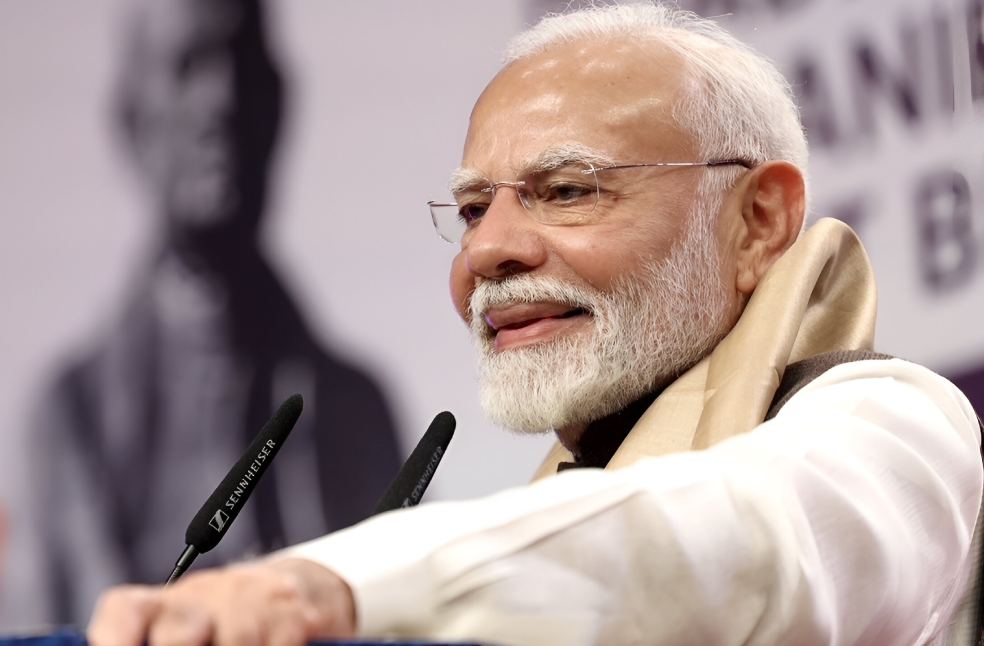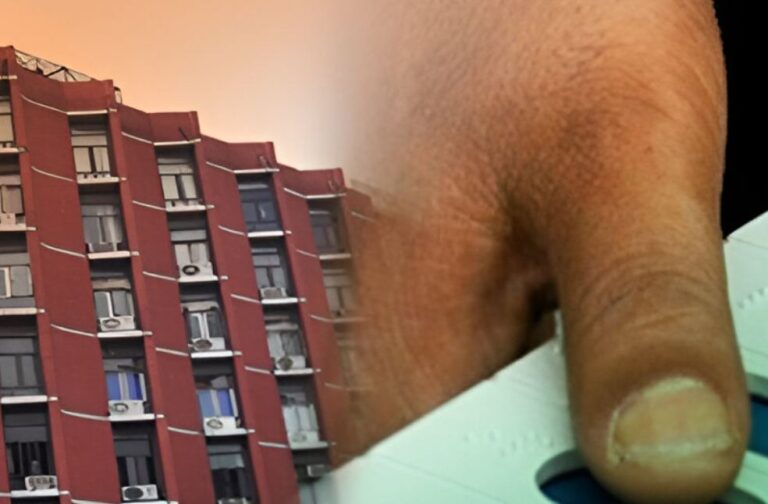India: Votes are being tallied in India’s capital, Delhi, where the Bharatiya Janata Party (BJP) is hoping to create a dramatic return after a 27-year hiatus. Exit polls predict a resounding victory for the BJP, forecasting over 35 seats in the 70-member legislative assembly, ensuring an absolute majority. Over 60 percent of eligible voters participated, according to the Election Commission.
The Delhi election holds significant importance for both the BJP and the incumbent Aam Aadmi Party (AAP), as the capital is seen as a symbolic and strategic prize. The AAP has governed the city since 2013, with a focus on welfare guidelines, but has recently been mired in corruption allegations—charges the party has denied.
For the BJP, a victory in Delhi conveys more than electoral success; it would provide a crucial foothold in the nation’s capital. The party has thrown considerable resources behind its campaign, with Prime Minister Narendra Modi and Home Minister Amit Shah attending high-profile events in the city.
While most exit polls predict a poor showing for the AAP—forecasting fewer than 35 seats—Congress is also in the race but has little hope of a comeback. The National Opposition party previously governed Delhi from 1998 to 2013 before being ousted over corruption charges that led to the rise of AAP.
Though exit polls indicate a strong performance for the BJP, analysts caution that such polls can often be incorrect and biased. Delhi’s unique governance structure complicates its electoral landscape. While the state legislature handles education, health, and public services, key decisions on public order, police, and land are managed by the lieutenant governor (LG), appointed by the federal government.
This division often flares tension between the federal government and the state legislature, especially when rival parties control them. Campaigns in Delhi have thus concentrated more on welfare issues rather than political or identity-based matters, which are more common in other regions of the country. Both AAP and BJP have promised improvements to public schools, free healthcare, and cash handouts to women.

The BJP’s strategy also included leveraging last week’s federal budget, which reduced income taxes for salaried middle-class workers, a key demographic in Delhi. Despite a setback in last year’s general election, where the BJP lost its outright majority, Modi’s popularity remains high.
A significant part of the BJP’s campaign has centered on targeting AAP chief Arvind Kejriwal, who has faced corruption charges related to a discarded alcohol sales policy. Kejriwal, an anti-corruption activist, denies the charges and accuses Modi’s government of casting a “political vendetta” against him.
Kejriwal’s legal troubles remain unresolved, with the Supreme Court’s bail conditions preventing him from entering the chief minister’s office or signing official documents. He left shortly after his release in September, leaving questions about his potential return to power.
Despite the city’s ongoing air pollution crisis, none of the party leaders or their manifestos have addressed the critical environmental issue during the campaign. Air pollution continues to affect over 30 million residents for much of the year, yet it has been conspicuously absent from the political address in what has otherwise been a bitterly contested election.



